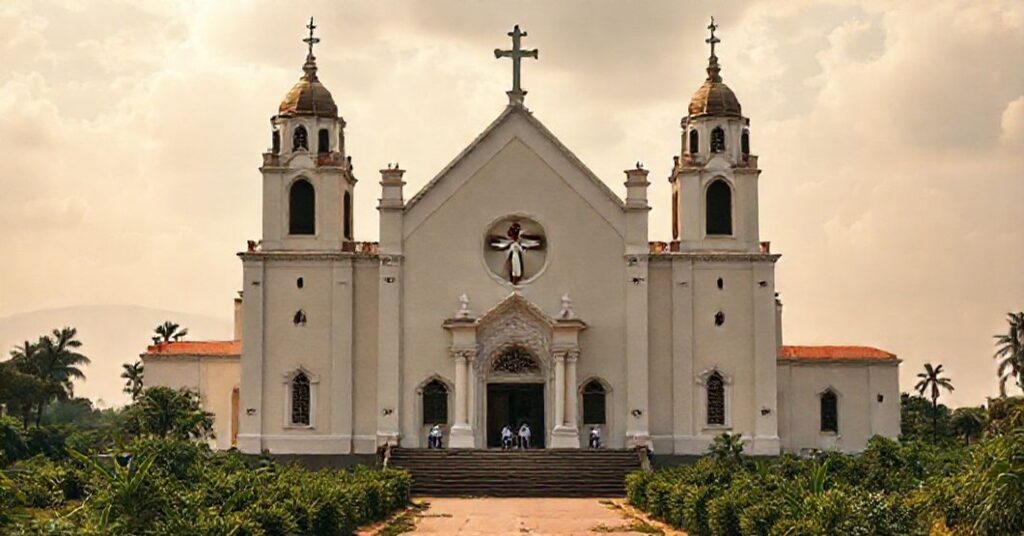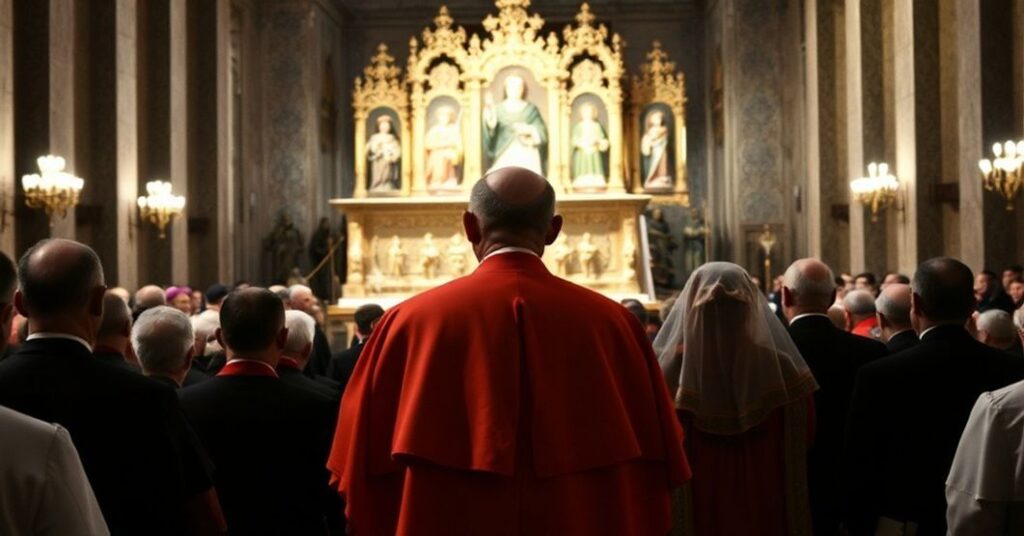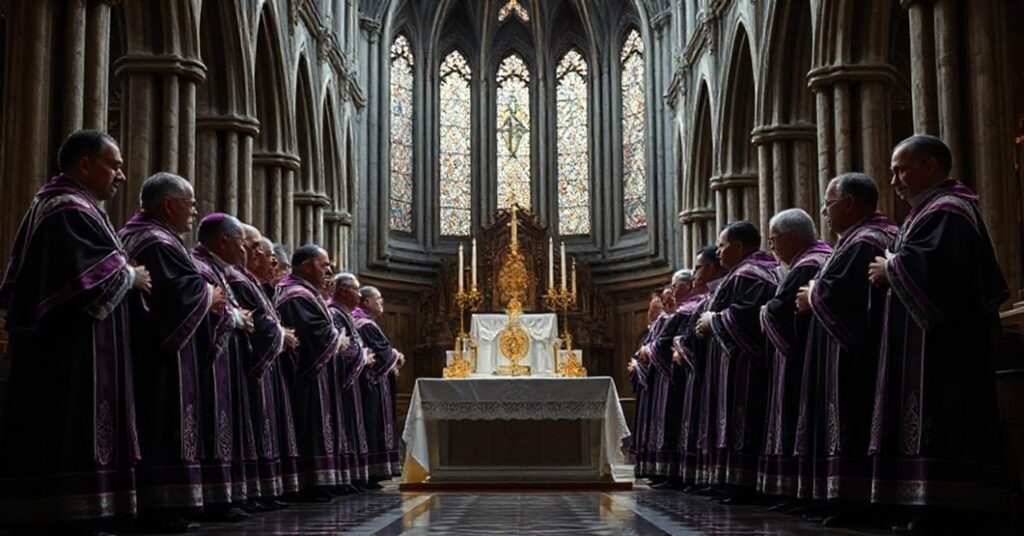Qui cotidie moerore (1959.05.04)
The Latin text promulgated under the name of John XXIII on 4 May 1959, beginning with “Qui cotidie moerore,” announces the removal of the dioceses of Nagasaki, Fukuoka, and Kagoshima from the ecclesiastical province of Tokyo and the erection of a new ecclesiastical province of Nagasaki, elevating Nagasaki to a metropolitan see with Fukuoka and Kagoshima as suffragans, and appointing Paul Aijro Yamaguchi as first metropolitan. The document clothes a purely juridical reorganization in pious language about the growth of the Church in Japan.










